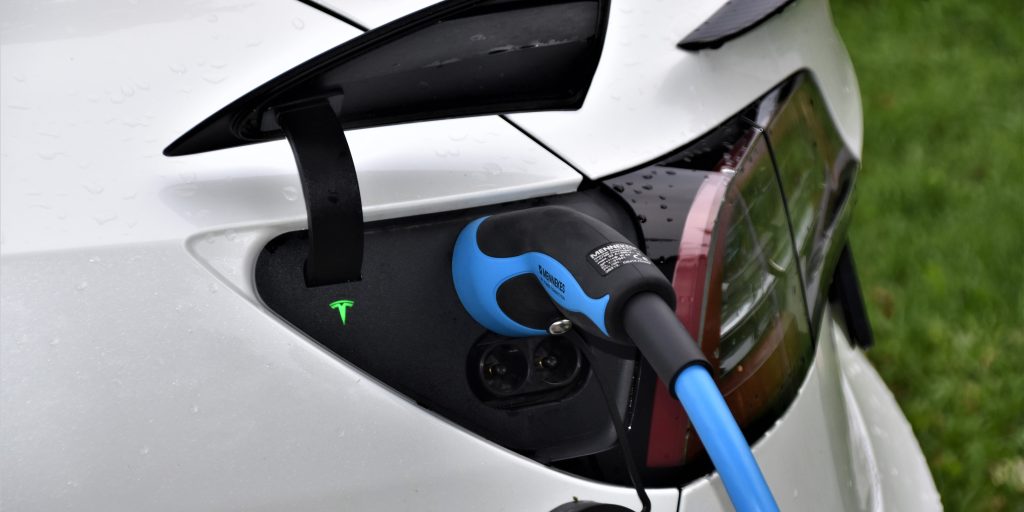
Challenges Hindering Electric Vehicle Adoption Insights from India
Reasons that are delaying the Electric Vehicle adoption in India: The adoption of electric vehicles (EVs) is a significant step in reduction of greenhouse gas emissions and global stability. India’s EV market has experienced rapid expansion in recent years. Despite this improvement, public opinion on EV adoption is still split. Many obstacles prevent EVs from being used widely in India.
The main factors preventing India from adopting EVs are:
High Upfront Costs
The relatively high upfront cost of electric vehicles in comparison to conventional internal combustion engine (ICE) vehicles is one of the main impediments among the initial obstacles. Many consumers find EVs to be less cost-effective, especially in price-sensitive nations like India, where battery costs, a substantial component of EV prices, continue to be quite expensive. Up until recently, there were no affordable electric vehicles (EVs). In 2023, Tata and MG unveiled EVs under one lakh rupees, which is anticipated to inspire other OEMs to lower the cost of EVs.
Limited Model Diversity and Availability
Compared to conventional automobiles, there aren’t as many EV models available on the Indian market. Customers frequently place a higher priority on particular car types, such as sedans or SUVs, for which there may not be enough EV options. Potential EV consumers may find it difficult to purchase due to the restricted model selection and lack of variation. Mahindra had recently unveiled the XUV400 EV, whereas one of India’s main auto OEMs, Maruti, is yet to introduce an EV option. Additionally, other participants’ restricted options impede market expansion.
Lack of Consumer Awareness and Education
Many Indian consumers are not adequately informed about the advantages, charging needs, and general performance of electric vehicles. The shift to EVs is hindered by this lack of knowledge and education. Campaigns for awareness and educational programs can be quite helpful in getting over this obstacle. Numerous two-wheeler OEMs have been effective in raising awareness, which has led to faster 2-wheeler category development than 4-wheelers.
Range anxiety
Range anxiety is the fear or apprehension of running out of battery power while driving. Customers frequently complain about how difficult it is to find charging stations and how short the range of EVs is, especially in a big country like India where there are significant distances between cities. Even if EV range is growing, this problem still needs to be solved, especially in countries like India with extensive highway networks and a need for basic charging infrastructure.
Governmental Policy
Government initiatives and policies are essential in fostering the adoption of Electric Vehicles. Uncertainty among customers and manufacturers might, however, be brought on by policy inconsistencies and frequent changes. A supportive environment for EV adoption can be considerably aided by streamlining regulations and providing consistent incentives.
Limited Charging Infrastructure
Access to charging infrastructure must be widely available for EVs to be widely adopted. In India, there is still a dearth of infrastructure for charging, particularly in non-urban areas. Potential purchasers of EVs are concerned about the availability of charging stations and the amount of time needed for recharging due to the lack of well-established and practical charging networks. Tata Power is constructing the infrastructure for charging stations along with other well-known businesses and cutting-edge tech firms. Progress is sluggish nevertheless since installing a charging infrastructure requires a substantial capital investment.
Charging Time
Concerns concerning driving range are strongly related to those about charging time. An EV can take up to 8 hours to fully charge using a 7-kilowatt charging station with slower chargers. The size of the car’s battery has the biggest impact on charging time. It takes longer to recharge a larger battery from empty to full. One of the main barriers to getting people to choose EVs over gas stations or internal combustion engine automobiles is the charging period for EVs. Even though improvements in charging technologies are cutting down on charging periods, India’s slow implementation and insufficient funding continue to be obstacles.
Challenges with battery technology and infrastructure
EV performance and capability are greatly improved by developing and manufacturing new battery technology. India relies heavily on imports due to its low domestic battery production capacity. Building a strong battery production ecosystem and charging infrastructure is necessary to meet these problems.
Standardization
EV owners face difficulties due to the lack of standardization and interoperability among various charging networks. The development of common protocols for EVs, assuring compatibility, and advancing fast-charging technology should be the government’s top priorities. Despite efforts to standardize battery swapping stations, not all OEMs have accepted these guidelines. This problem may be solved with the active participation of the government in standardization.
Challenges in Regulation and Policy
The adoption of Electric Vehicles is being hampered by the lack of a comprehensive and consistent policy framework. Market dynamics and consumer behavior can be significantly influenced by clear and supporting policies, such as subsidies, tax incentives, and helpful laws. While the Indian government has made some efforts to encourage EVs, stakeholders are wary due to long-term uncertainty caused by the absence of a reliable policy framework. The Fame 2 program’s recent reductions in incentives could harm EV growth.
Expectedly, a collaboration between the government, industry stakeholders, and consumers will overcome these obstacles in due time. India needs to spend continuously in charging infrastructure, technological developments, awareness campaigns, and supportive regulations if electric car adoption is to occur quickly.




5 thoughts on “Challenges Hindering Electric Vehicle Adoption: Insights from India”
Comments are closed.